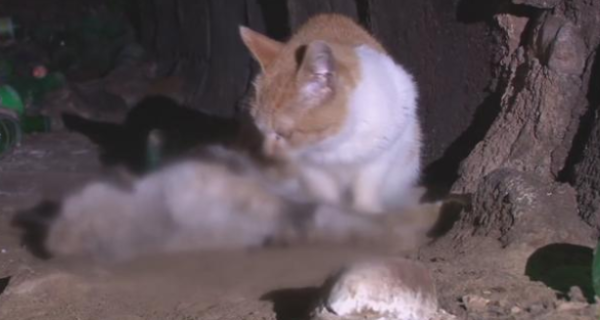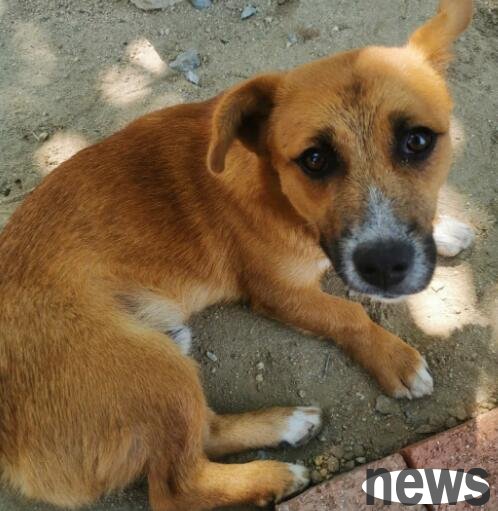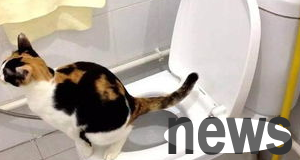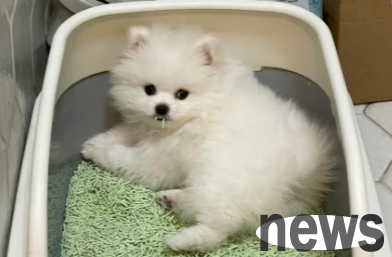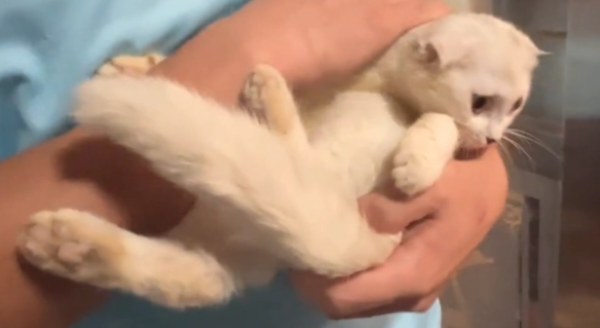How is cat nose spurs caused? If you want to know, please read here
How is the cat's nose spur? Cat nasal thighs are caused by many factors, and the following are some possible causes:
1. Infection: Virus, bacteria, fungi, etc. can cause cat nasal thighs.
2. Allergies: Cats may be allergic to certain substances in the environment, such as pollen, dust, smoke, etc.
3. Parasites: Parasites in cat's nose, such as nose mites, may cause cat's nose branches.
4. Tumor: Cat's nose branch may be a symptom of nasal tumors.
5. Genetic factors: cats of certain breeds may be more likely to suffer from cat nasal tract.
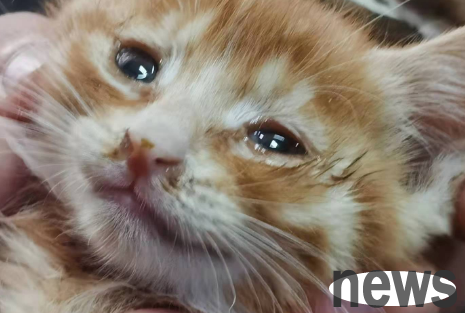
If your cat has symptoms such as nasal congestion, snot, sneezing, tears, and difficulty breathing, please take it to the veterinarian for diagnosis and treatment in time.
The nose branches of cats are mainly caused by herpes virus infection in cats. Generally, cats with weak resistance and unvaccinated cats are more likely to be infected. Therefore, the owner must vaccinate the cat regularly to ensure that the cat has enough virus antibodies. It is usually necessary to receive three shots of vaccines in childhood, and one shot a year after adulthood can effectively prevent this disease.
The cat's nasal branches are very contagious and can be transmitted through the snot, saliva, secretions, etc. of the sick cat. It often occurs in the confined space where cats gather. Once the cat comes into contact with infected utensils and environments, it will become ill. Therefore, it is recommended that the owner usually avoid letting his cat contact cats of unknown origin. If the owner touches a cat with cat nose or stray cat outside, he must wash his hands and disinfect it in time before touching the cat at home.
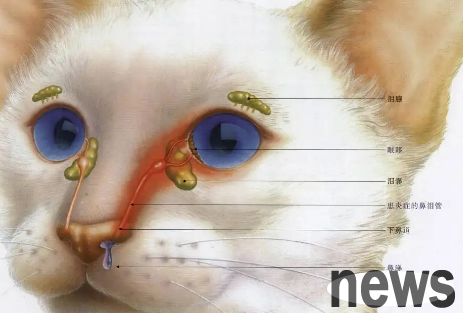
Note: The mortality rate of a cat with a cat's nose is about 30%. If treated in time, the cat's cure rate is still very high. Therefore, once the owner finds that the cat has symptoms such as sneezing and purulent secretions on the eyes and nose, he or she should immediately take the cat to the pet hospital for examination and confirmation, and then start treatment immediately to avoid delaying the condition.


